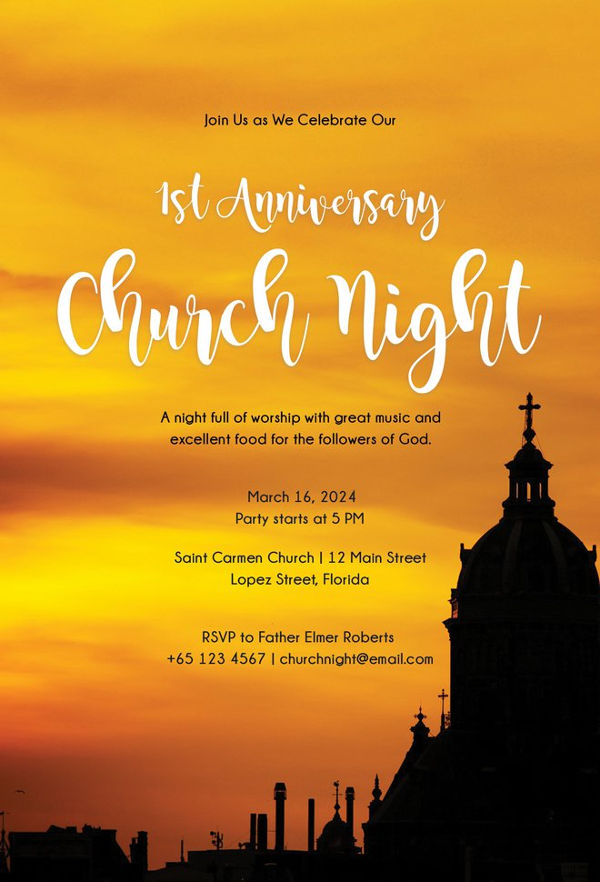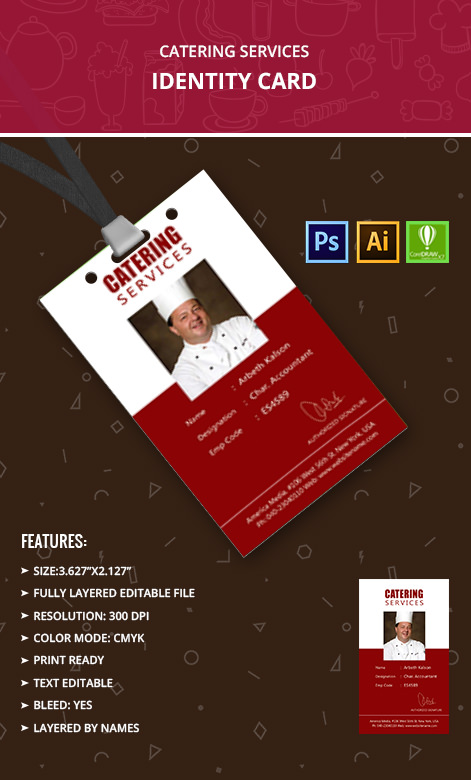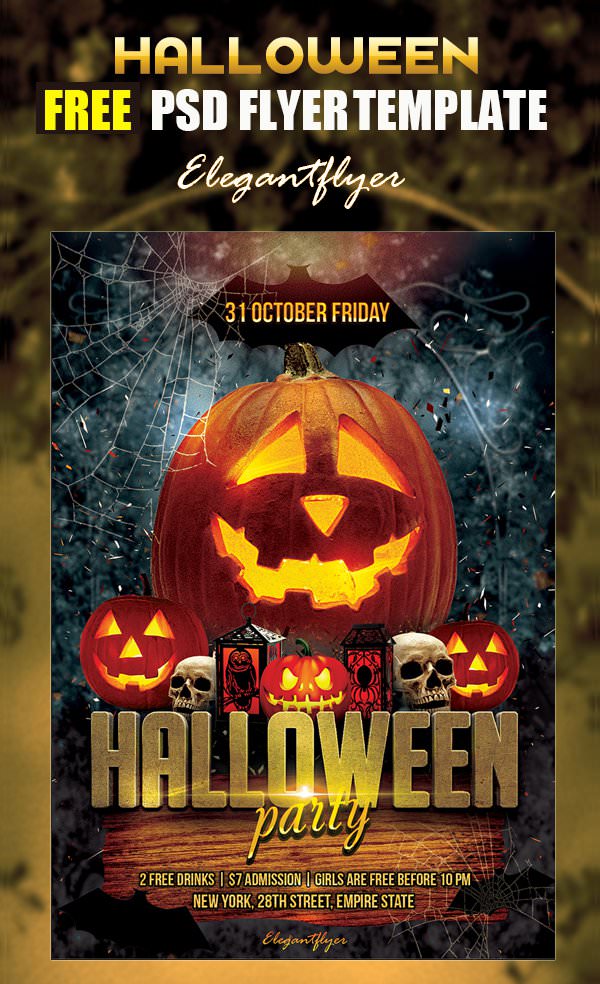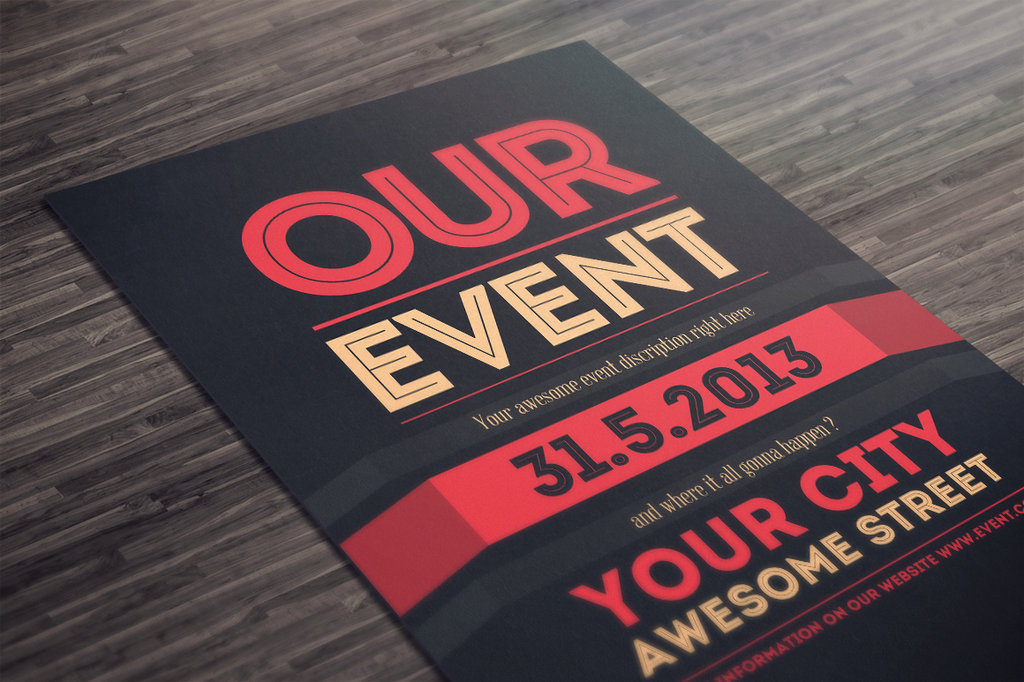

Self-contained (i.e., without hyperlinks to other documents, unlike web content), and.and do not include audio, video, or embedded interactivity) , Fully printable (i.e., where dynamic features are limited to automatic page numbering, table of contents, etc.Text-based (i.e., not simply images, although they may contain images),.Intended to be used by people (i.e., not computer code),.You should use these techniques when you are using Pages to create documents that are: In addition, Pages does not include an accessibility checking feature. Apple has added significant accessibility improvements to its iWork applications, but an accessibility checker is not a feature yet.
Opening pages for mac templates download#
You can also download the guide from Apple Books (where available).Editor’s note: In later versions of Pages, users have the ability to add alt text to images and graphical objects. To explore the Pages User Guide, click one of the “See also” links below, click the Table of Contents button at the top of the page, or enter a word or phrase in the search field. (To see which version of Pages you have, choose Pages > About Pages from the Pages menu at the top of your screen.)


This guide helps you get started using Pages 12.0 on your Mac. For more formatting options, click the tabs at the top of the sidebar. Use the other controls in the sidebar to customize the object however you like. You can quickly change the look of a selected object (image, shape, table, or chart) by clicking one of the six styles near the top of the Format sidebar. Other sidebars (on the right and left) have controls to format your document, review comments and changes, view page thumbnails to navigate the document, and more. The sidebar shows only controls for the text or object you selected. To modify text and objects in your document, you use the formatting and layout controls in the sidebar on the right side of the Pages window (shown below). The templates are designed for specific purposes-like essays, newsletters, and books-to give you a great starting point for your work.Īfter you open a template, you can add your own text, replace placeholder graphics or delete them, and add new objects (tables, charts, text boxes, shapes, lines, and media). To create any document, you always start with a template, then modify it however you like. You can use Pages to create any kind of document you want, from a simple word-processing document that’s mainly text, to a page layout document with graphics, interesting font treatments, and more. If you can’t remove something from a document.Restore an earlier version of a document.Save a large document as a package file.Export to Word, PDF, or another file format.Change the look of chart text and labels.Add a legend, gridlines, and other markings.



 0 kommentar(er)
0 kommentar(er)
